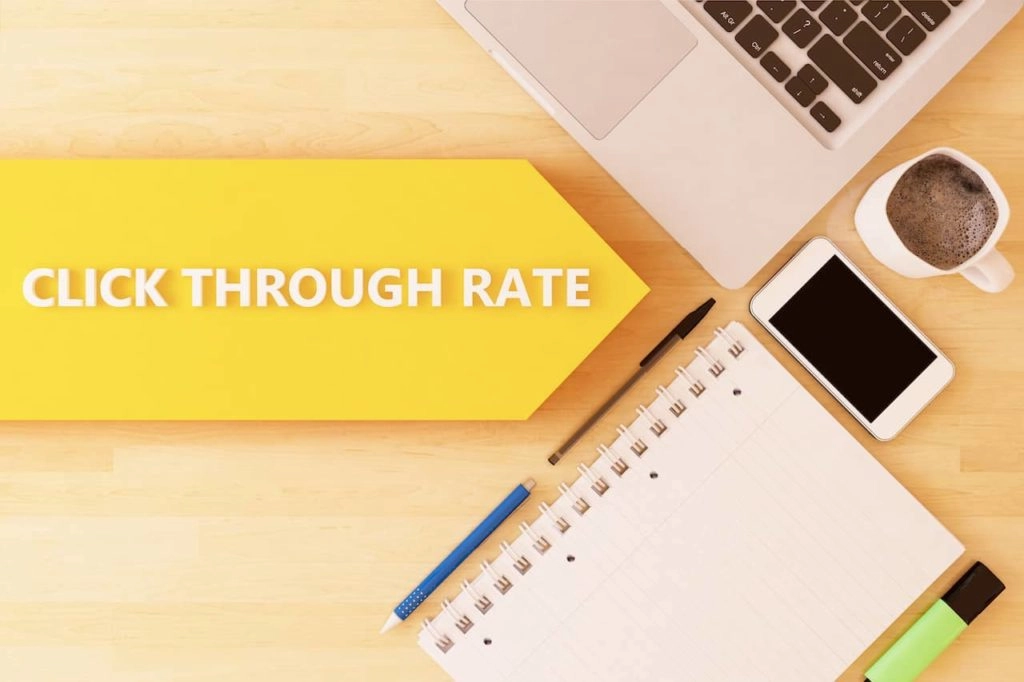What is Click Potential?
Click potential is a metric that predicts how likely users will click on your website or product listing when it ranks in the top position on a search engine. It’s measured on a scale from 0 to 100, with higher scores indicating a greater chance of users clicking on your link.
For example, if your webpage ranks at the top of the Google search engine results, the click potential metric will help you estimate how many users will likely click on your site. It includes factors like SERP features, featured snippets, and other elements that may affect how users engage with search results.
Why is Click Potential Important?
Understanding click potential gives insight into how well your content or product can perform on search engines. It helps you answer questions like:
- Will users click on my link when it appears in the top positions?
- How can I improve my content to increase the chances of clicks?
- Are there any obstacles, like SERP features, that may reduce the likelihood of clicks?
How Click Potential is Calculated
The calculation of click potential is based on a combination of factors, including:
- Search Volume: The number of times a keyword is searched per month significantly determines your click potential. Keywords with higher search volume are more likely to generate clicks because more people are looking for them.
- Average Click-Through Rate (CTR): This measures how often users click on a search result compared to how often it is shown. Click-Through Rate varies based on the position of your link in the search results. For example, the first result typically has a higher CTR than results further down the page.
- SERP Features: SERP features such as featured snippets, knowledge panels, or even product carousels can impact your click potential. It provides users with the information they need without clicking on any links, potentially reducing the clicks on organic search results.
Factors That Influence Click Potential
Understanding the factors that impact click potential will help refine your strategy to increase your chances of getting clicks.
1. Position in Search Results
Your website’s position in search engine results is perhaps the most crucial factor influencing click potential. Generally, the higher your website ranks on the SERP, the more likely users will click on it. Studies show that the first position in the search engine results tends to get the most clicks, with a sharp decline in CTR as you move down the page.
2. SERP Features
SERP features like featured snippets, knowledge panels, and video carousels can either help or hinder your click-through rate. For example, if your content appears in a featured snippet, it might attract more attention, increasing your click potential. However, users may not click through to your site if they find the information they need in the snippet. Similarly, Google may display product listings, maps, or even direct answers at the top of the page, which could reduce the visibility of your content and lower your click potential.
3. Search Volume
The search volume of a keyword significantly impacts click potential. If a keyword has a high search volume, more users are looking for that information, increasing the likelihood of clicks. However, if the search volume is low, even ranking at the top may not generate a significant number of clicks.
4. Google Ads
When running Google Ads, the click potential of your ad can also be influenced by factors like the competitiveness of your keywords and the relevance of your ad content. Google tends to prioritize highly relevant ads to the user’s search query, and optimizing your ad content can increase your click potential.
5. Product Data
For e-commerce businesses, the quality and completeness of product data are critical for improving click potential. Provide detailed and accurate information about your products, such as descriptions, images, and pricing. It can increase the likelihood that users will click on your listings in Google Shopping or other SERP product features.
Improving Your Click Potential
Now that you understand the factors that influence click potential, let’s explore strategies for improving it.

1. Optimize Your Content for Keywords
To improve your click potential, you need to optimize your content for the right keywords. Start by conducting keyword research to identify high-traffic keywords with good search volume. Use these keywords strategically in your content to ensure your website ranks higher in the search engine results.
2. Enhance Meta Descriptions and Title Tags
Your meta descriptions and title tags play a significant role in influencing users to click on your link. A poorly written meta description or title tag could reduce your chances of attracting clicks even if you rank high on the SERP. Make sure your meta descriptions are clear and compelling, and include your target keywords.
3. Leverage SERP Features
Although SERP features can sometimes reduce clicks on organic results, they can also present opportunities to increase your visibility. For instance, getting your content featured in a featured snippet or optimizing for Google Shopping can significantly boost your click potential. Structure your content in a way that answers common questions and provides clear information that Google may pick up for SERP features.
4. Improve Product Listings
For businesses using Google Shopping or other product listing services, improving your product data is crucial for boosting your click potential. Make sure that all the product details, such as descriptions, pricing, and images, are accurate and up-to-date. The better your product listings, the higher your chance of attracting clicks.
5. Use Data-Driven Decisions
Making data-driven decisions is essential for improving click potential. Regularly monitor your website’s performance on the SERP and adjust your SEO strategy accordingly. Use tools like Google Analytics to track which keywords drive traffic and which aren’t performing well.
The Role of Click Potential in Your SEO Strategy
Incorporating click potential into your SEO strategy can provide a clearer picture of your online performance. While traditional metrics like average position or search volume are useful, click potential goes further by estimating how likely users are to click on your link.
When combined with other SEO metrics, click potential helps you prioritize efforts that are more likely to generate traffic and conversions. For example, you might rank well for a keyword with a high search volume, but if your click potential is low due to the presence of SERP features, you may need to rethink your strategy.
Conclusion
An improved click potential is key to optimizing your website’s performance on search engines like Google. It can lead to better rankings, more traffic, and, ultimately, higher conversions. You can make data-driven decisions that increase the chances of attracting clicks to your content or products by focusing on this metric.
Keep in mind that click potential is just one piece of the puzzle. Combine it with other essential SEO metrics, such as search volume and CTR, to gain a comprehensive understanding of your website’s performance and develop a well-rounded SEO strategy that drives results.








